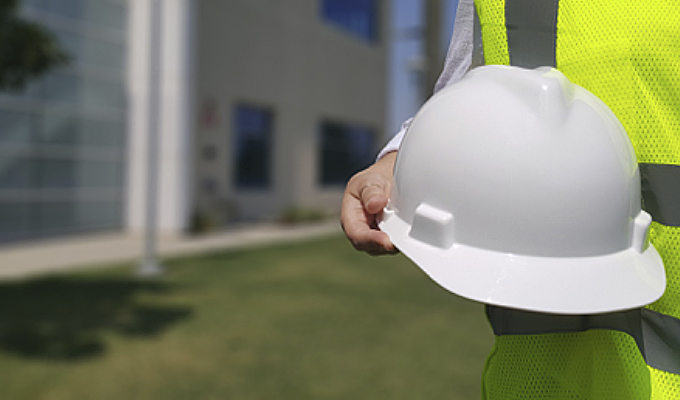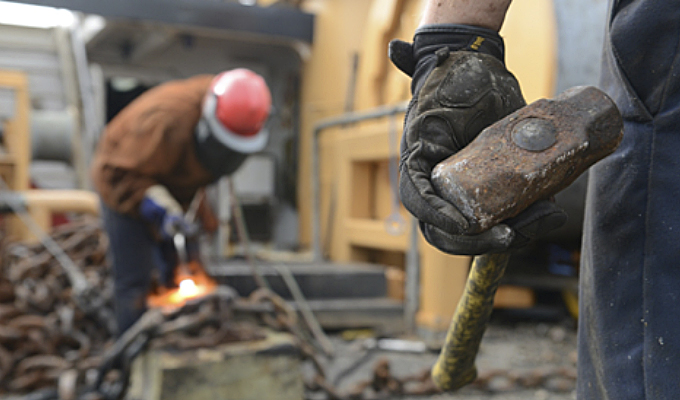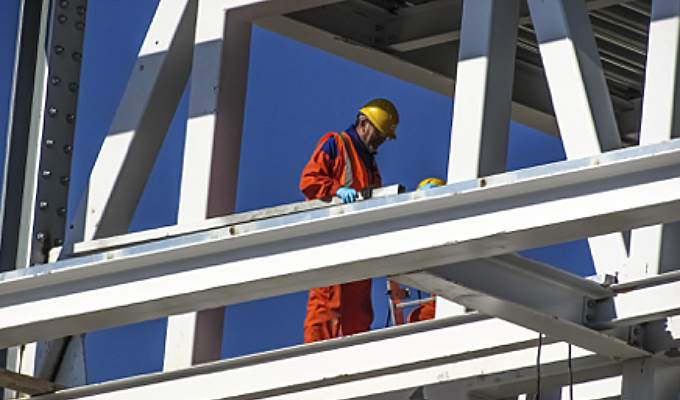By Jordan McDowell Images from Pixabay
Construction workers are seemingly everywhere. For onlookers, keeping out of the way may be the top priority. But for the workers, safety is critical. Much is said about how much safety is necessary in construction, and there are many generalizations and myths out there we have all heard, such as:
- If you follow OSHA, you’ll be safe.
It’s true that if you follow OSHA safety guidelines you are more likely to avoid harmful situations on the jobsite, but it does not guarantee constant safety. All construction companies and agencies are very aware of OSHA’s rules. Without them, those companies would not be legally allowed to operate. These rules are important and could be the difference between life or death on the site.
However, it is crucial to remember that rules are only as good as the people who follow them. Workers are still human and freak accidents still happen, no matter how careful they are. Right on the OSHA homepage, they insist that OSHA is for setting standards and implementing training to assist in the safety and well-being of construction workers.
- Full-safety gear means no injuries.
 Safety equipment and gear are everywhere on a jobsite, as they should be. Almost every worker is going to know to wear their gloves, hardhat, boots, and more. They could be the most careful employee in the company, but things still happen. Like with OSHA rules, equipment can still fail. And when they do, people can get hurt and jobsite accidents can occur.
Safety equipment and gear are everywhere on a jobsite, as they should be. Almost every worker is going to know to wear their gloves, hardhat, boots, and more. They could be the most careful employee in the company, but things still happen. Like with OSHA rules, equipment can still fail. And when they do, people can get hurt and jobsite accidents can occur.
An important way to combat this is to be up to date on the latest first aid program available. Whether that’s with a certified Occupational Health Professional on-site, or the necessary first aid materials to tend to it yourself, these measures need to be taken seriously
- All safety gear is the same, so as long as you have some, you’re safe.
Gloves are engineered differently for specific work. For certain jobs, the right cut protection glove could be the difference between the job being completed correctly or not, or the difference between keeping your finger or not. It seems self-explanatory, but sometimes this process needs a bit of research.
Different colored hardhats signify to the people on the site the roles and responsibilities of each worker. Vests help with visibility, but whether or not they are reflective changes their function. All of these factors add up to form the safest, best option for the site.
- One safety program fits all.
With OSHA, construction companies could easily fall into the delusion that if there is one set safety program in place, there is no need for any more. The trouble is that the world of construction is constantly evolving, making it impossible for the safety procedures to stay stagnant. While the basics must remain, it is possible that protocol might be different from company to company based on those specific needs.
Employees need to be reminded and retrained frequently. Whether this means occasional company meetings or open forums for concerns, the program must be pliable. A good safety program is one that can change, multiply, and fit the needs of its employees.
- If the workers are taking regular breaks, their health will be fine.
Breaks are incredibly important for workers on a jobsite. But on a hot summer’s day, they become even more so. A worker’s health is just as important as the safety of the site. In the summer, workers need to watch out for symptoms of heatstroke, as these can be life-threatening.
Health plays a huge role in a construction worker’s ability to do their job, which is why safety gear is so critical. When certain materials are consistently inhaled with no protection to keep the toxins out, it can lead to health problems later in life. For the construction worker, there are always external risks that could potentially become internal catastrophes, which is why having safety supplies, procedures, and plans in place are so crucial.
- Construction is all about working with your hands—you don’t need technology to run a jobsite.

The proper technology on a site makes or breaks a project. In planning, technology is needed to map out and understand the job. Calculations need to be precise, otherwise the project will fall apart. Technology does not replace the laborer, rather it enhances and improves the laborer’s performance.
When on a jobsite, data-driven decision making can view incident reports and analysis, risk management, and projected outcomes in a way that the naked eye simply cannot. Working with technology only makes the jobsite healthier, stronger, and safer.
CLOSING THOUGHT
While ironing out all the safety details can be tiresome, the end result is worth it. Make sure your construction site isn’t filled with myths come to life and ensure your workers are thriving in a steady, functional, and safe jobsite.
about the author
Jordan McDowell is a writer and content strategist. He specializes in manufacturing and often covers workplace safety, but also enjoys writing about the automotive industry and the great outdoors.


